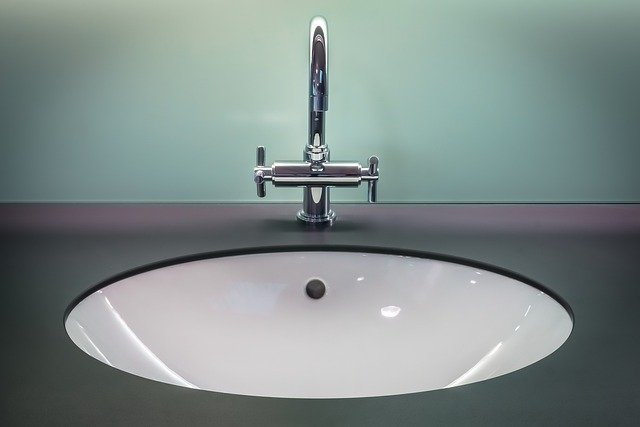Advanced Laser Skin Rejuvenation for Radiant, Youthful Skin
Discover how modern laser skin treatments provide a non-surgical path to smoother, clearer, and more youthful-looking skin. From reducing fine lines and sunspots to treating redness and unwanted hair, laser rejuvenation uses targeted light energy to stimulate collagen and improve texture. Learn about benefits, types (ablative, non-ablative, fractional, IPL), what to expect, and typical costs so you can decide if laser therapy aligns with your skincare goals.

Laser treatments have transformed cosmetic dermatology by offering targeted, non-surgical options for a wide range of skin concerns. Using focused light energy, these procedures can refresh skin tone, soften lines, reduce scarring and pigmentation, and even remove unwanted hair. Below is a clear guide to what laser skin rejuvenation can do, the different technologies available, what a session looks like, and common costs to help you make an informed choice.
Which skin issues respond well to laser therapy?
Laser procedures are versatile and can improve many common dermatologic and cosmetic problems. Typical indications include:
- Fine lines and wrinkles: Lasers encourage collagen remodeling, which helps smooth superficial creases.
- Sun damage and age spots: Pigmented lesions from sun exposure can be lightened or removed.
- Acne scars and other scarring: Resurfacing lasers break up scar tissue and promote healthier skin formation.
- Uneven skin tone and texture: Treatments can address blotchiness and roughness for a more uniform appearance.
- Enlarged pores: By tightening and stimulating collagen, some lasers reduce the look of pores.
- Rosacea and facial redness: Certain wavelengths target blood vessels to calm flushing and redness.
- Unwanted hair: Specific lasers selectively target hair follicles to reduce hair growth.
The ideal laser depends on the condition being treated, your skin tone, and the results you want. A licensed dermatologist or experienced aesthetic practitioner will evaluate these factors and recommend the most suitable device and protocol.
Advantages of choosing laser skin rejuvenation
Laser procedures offer several benefits compared with topical regimens or invasive surgery:
- Non-surgical approach: Many laser treatments don’t require incisions, reducing recovery time and risk.
- Precision targeting: Energy can be focused on problem areas while preserving surrounding tissue.
- Customizable plans: Settings and technologies can be adjusted to match individual skin types and goals.
- Natural regeneration: Laser energy stimulates collagen production and skin cell turnover for gradual, natural-looking improvement.
- Durable outcomes: Results often persist for months to years, especially when combined with good maintenance.
- Generally well-tolerated: Most people experience only mild discomfort; topical numbing is commonly used.
These factors have made laser rejuvenation a popular choice for people seeking visible improvements without surgery.
Types of laser and light-based treatments
There are several categories of lasers and light therapies, each suited to particular concerns:
- Ablative lasers: These remove the outer skin layer and heat the deeper dermis to trigger collagen rebuilding. CO2 and Erbium lasers are classic examples used for more significant resurfacing.
- Non-ablative lasers: Designed to heat deeper layers without removing the surface, these are better for milder issues with less downtime. Common types include Nd:YAG and certain Fraxel settings.
- Fractional lasers: Rather than treating the whole area, fractional devices create microscopic treatment zones surrounded by untouched skin, which speeds healing and reduces recovery time. Fractional technology can be ablative or non-ablative.
- IPL (Intense Pulsed Light): Technically not a laser, IPL uses broad-spectrum light to target pigmentation and vascular concerns like redness and sunspots.
Your practitioner will discuss trade-offs such as downtime, expected results, number of sessions, and potential side effects when selecting a device.
What to expect during treatment and recovery
A typical laser session follows a predictable process:
- The skin is cleansed and prepped. A topical anesthetic may be applied for comfort.
- Protective eyewear is worn to shield the eyes from the light source.
- The practitioner applies the laser or light handpiece to the targeted area while monitoring dose and response.
- Most patients feel heat, a snapping sensation, or mild discomfort; cooling systems and breaks help manage this.
Post-treatment effects vary by procedure intensity:
- Short-term: Redness, swelling, and warmth in the treated area are common and usually subside within hours to days.
- Moderate recovery: Some resurfacing treatments can cause peeling or flaking as old cells slough away.
- Sensitivity: Treated skin is more sensitive to sunlight, so strict sun protection is essential.
- Results timeline: Improvements appear gradually over weeks to months as collagen rebuilds and skin renews.
Follow-up care and adherence to aftercare instructions—such as applying ointments, avoiding exfoliants, and using sunscreen—are critical to achieve the best outcome and reduce complication risk.
| Treatment Type | Provider | Cost Estimation |
|---|---|---|
| Fractional CO2 Laser | Dermatology clinics | $1,000 - $2,500 per session |
| IPL Treatment | Med spas | $300 - $600 per session |
| Non-ablative Laser Resurfacing | Aesthetic centers | $800 - $1,500 per session |
| Ablative Laser Resurfacing | Plastic surgery offices | $2,000 - $3,500 per session |
Prices, rates, or cost estimates mentioned in this article are based on the latest available information but may change over time. Independent research is advised before making financial decisions.
Making the right choice for your skin
Before scheduling a laser procedure, arrange a consultation so a qualified provider can assess your skin type, medical history, and cosmetic goals. Ask about the expected number of sessions, realistic outcomes, downtime, and potential risks. Combining laser treatments with medical-grade skincare, sun protection, and lifestyle measures often delivers the best long-term results.
Laser technology continues to evolve, offering more refined ways to improve skin appearance with reduced recovery time. If you’re considering treatment, seek care from licensed professionals with experience in the specific technology you plan to use.
This article is for informational purposes only and should not be considered medical advice. Please consult a qualified healthcare professional for personalized guidance and treatment.





